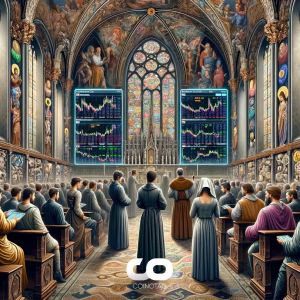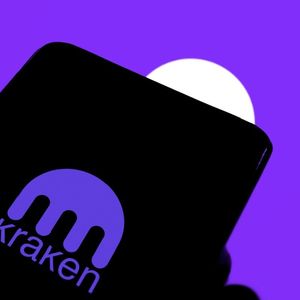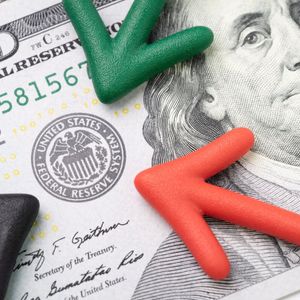Binance is launching a new token, with the symbol LDUSDT, a reward-bearing asset for their futures platform, allowing customers to convert their USDT into LDUSDT, enabling them to trade on futures markets. In contrast, the token is locked with the Simple Earn Flexible platform. This way, customers can conduct futures trading while earning a passive income. Binance first created a reward-bearing asset in 2024 called BFUSD, but it did not have the added functionality of futures trading. LDUSDT, moreover, provides an Annual Percentage Yield (APY) of 1.5%, which Binance guarantees will never drop below zero. LDUSDT builds off the success of BFUSD, particularly with the use of APY to earn an income from various investment strategies. The financial innovations form a new product line from Binance, with various latest technologies being developed to offer customers more investment options. Particularly, customers enjoyed using the first reward-bearing asset, BFUSD, and it was this feedback that Binance wanted to build off. Jeff Li, Binance VP of Product, said the goal was to increase customer utility, with LDUSDT providing both passive income and market liquidity on futures. Binance allows customers to swap their Simple Earn Flexible Product USDT to LDUSDT. The customer can then use the LDUSDT as margin while simultaneously receiving APR rewards. LDUSDT also asked for the use of Multi Asset Mode while trading. The new product, including the app, will be available in Binance soon. Binance’s Simple Earn Tether (USDT) is the first port of call for customers wishing to use LDUSDT. Usually, the USDT would be locked while earning passive rewards. However, now, traders of USDT can earn rewards by using the token to trade futures. The customer, therefore, can utilise their tokens more fully by doubling their utility. This fits in with Binance’s goal of increasing utility within its ecosystem. They’re also adding value to cryptocurrency, transforming the market from a treasury strategy to a functioning currency. BFUSD, the precursor to LDUSDT, uses delta hedging between spot and futures markets. The customer can earn rewards from staking. BFUSD supports USDC and USDT, but users must redeem these tokens before accessing rewards. LDUSDT, however, simplifies the process greatly by skipping the delta hedging method and focusing instead on the pre-existing Simple Earn USDT Flexible Product, building off this and simply adding the ability to trade futures markets. Binance remains the largest cryptocurrency exchange in terms of trading volume, boasting a $16.5 billion trade volume in just 24 hours. In contrast, Binance’s rival, Bitget, only traded $5 billion in 24 hours. Reward-bearing assets may boost Binance’s ability to market passive and active trading products. This way, customers can ‘have their cake and eat it’, enjoying the conservative benefits of Simple Earn while also having access to futures markets. The ability to earn passive income and then use those earnings to trade in a futures market makes new products highly attractive.















